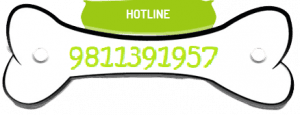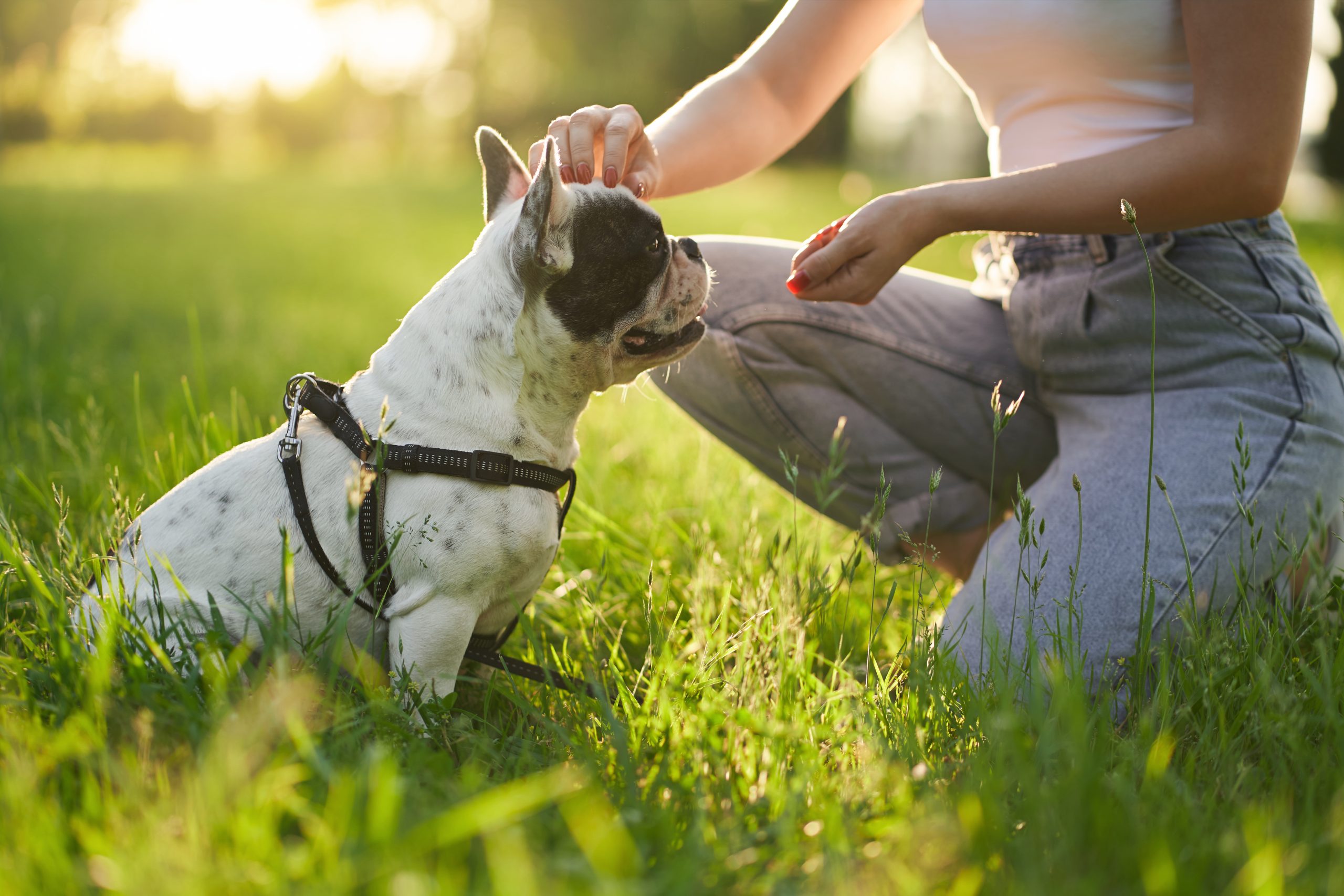Important links
Services
Contact
- 205- A , Old Gupta Colony, Delhi 110009
- 9811391957
- 8369624447
- contact@vetforpet.in


As you likely know, preparing your canine has various advantages, for both you and your pup. Preparing is vital to him living joyfully with you and other relatives, it stays away from undesirable ways of behaving and it strengthen your bond with your pet. However, there are a couple of fundamental do’s and don’ts that can assist with structures up your canine — and you, of course — for progress.
Understanding what to do is just around 50% of the story. Combined with that, fruitful preparation relies upon grasping the Don’ts.
Preparing should be tied in with bringing him into your reality by grasping his impulses and normal ways of behaving. Keep their mind in the training by calling their name and keeping the training session interactive.
Reward your canine --- treats, toys and your attention will be great rewards and eventually can be replaced by praises.
Maintain the precision, dogs are professionals at grasping details so using the same verbal and hands cue every time while training you pup is essential.
your pooch must identify you as the head of the pack. Disciplining the wrong actions and reinforcing the good behavior is a fundamental step towards training your pup.
Dogs need a lot of patience when training, they are like little children the more time you invest to teach your pooch the more chances in achieving goals.
Jumping for example, if you pooch jumps to greet you or the guests be consistent in your command. Correcting sometimes will give it a signal that it can sometimes jump to greet. Your pooch needs to learn that it will get the same punishment for bad behavior and reward for the good behavior be it during playtime or training.
Dogs are smarter than we think. Teaching new tricks will help strengthen the bond between you and your pooch.
Going on walks and having plenty of playtime is a fun way to train your pup. Exercising helps to relax your pooch so it can pay better attention to you while training.
Teaching your pup to not pull the leash, and receive your commands as absolute in all kinds of situations is necessary.
switching of training methods will confuse you and your pup leading to ineffective training. Figuring out which training method suits your pup the best in learning the commands is important.
Many dog parents give up training their pup because its unable to learn what they want to teach. Training dogs takes plenty of time, some can learn the commands fast some may take time. 20 to 30 mins per training session is enough.
Training your pup when he’s tired could lead to confusion during training which will make the session unproductive. The secret to a successful training session is correct time, train your pup when you both have rested well and in a good mood.
Training your pup when your upset or angry will result in an unproductive training session. You may yell at your pup for not ‘understanding the command’. Your pup can sense the negative emotions leading to a poor response. Remember, do not punish your pup physically or mentally punishments don’t have any place in dog training, the objective is to instill loyalty not fear.
Be it playful biting or in anger it’s never agreeable to encourage biting. We all know our pups are fond of chewing their toys, furniture or even our fingers.
While taking baby steps in training your pup don’t reward it halfway. Let the command be finished first then reward your pup to create the understanding of what its being rewarded for.
Don’t move on to a new command until your pup has learnt one command. Rushing the commands will complicate things for your pup and it won’t be able to pick up the taught commands right.
This will confuse your pup and overwhelm it. An optimum training session requires not more than two commands.
Like children, your pup needs to be trained in a place where it gets less distracted. Don’t train your pup in a park where it may find potential distraction, until it learns to perform the commands in different situations.